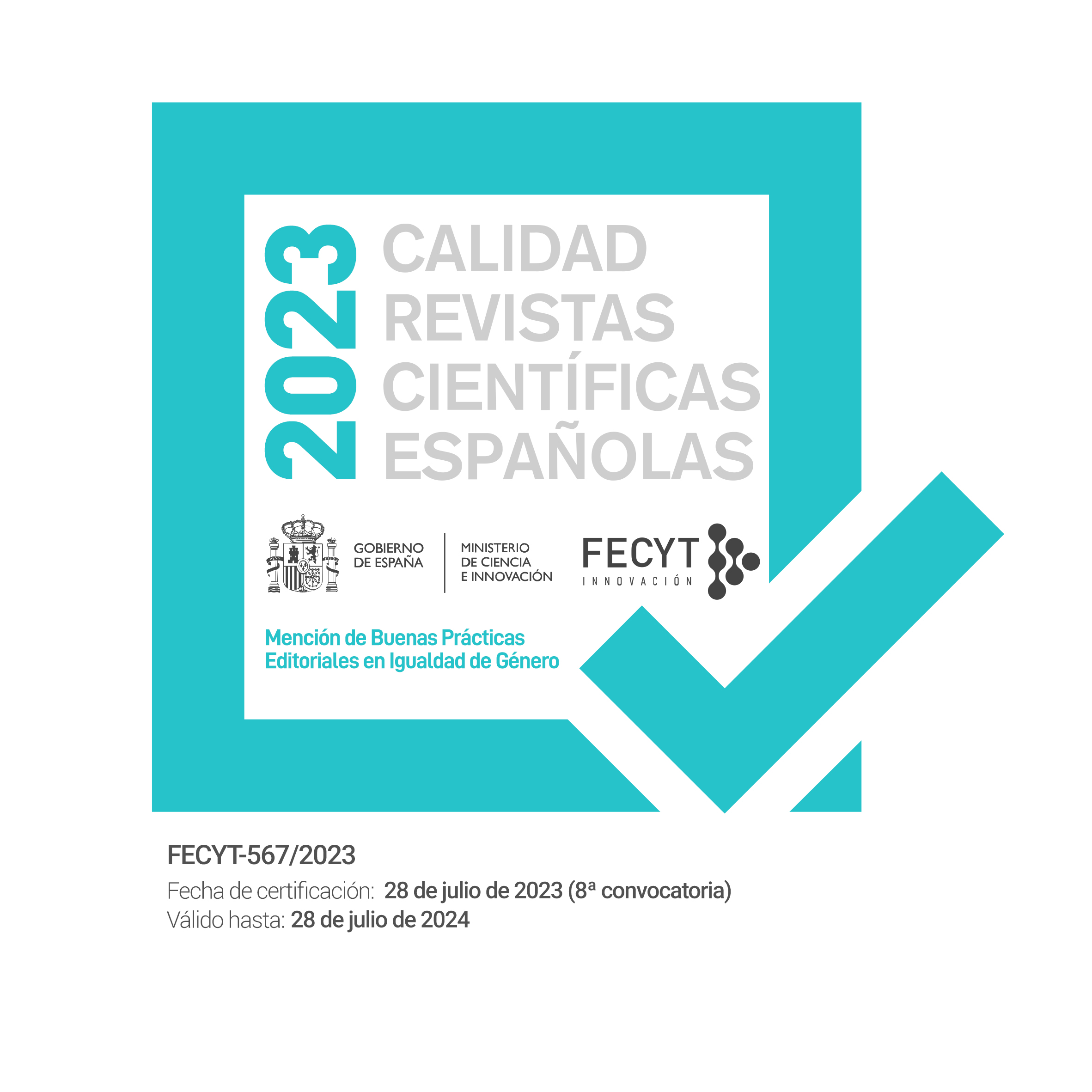Developing multicultural competence, class consciousness and gender awareness through WWI English fiction for children and young adults of the Twenty-firts century
Keywords:
WWI, children's and young adult's literature, multicultural competence, class consciousness, gender awarenessAbstract
The aim of this paper is to offer an analysis of the way in which twenty-first century English books for children and young adults portray different scenes of the First World War: the trenches of the Western front, the Eastern front —represented through the Gallipoli campaign- and the home front.
Though the authors selected tend to be realistic when revealing the suffering of those involved in the conflict, thus exposing young readers to a kind of material that may seem, in principle, inadequate for them, they nonetheless succeed in making it appealing by resorting to different strategies that work as a counterbalance to the more gruesome elements present in their texts. The use of animals that establish deep connections with their owners is one such strategy, as is the portrayal of various ways in which the protagonists develop skills and play roles that had been previously banned for them, engage in relationships across class and nationality boundaries, and, generally speaking, learn to become aware of cultural, class and gender differences.
Downloads
Downloads
Published
Issue
Section
License
Anuario de Investigación en Literatura Infantil y Juvenil has been published in open access from 2019 (vol. 17). The journal allows the authors to retain publishing rights. Authors may reprint their articles in other media without having to request authorization, provided they indicate that the article was originally published in Anuario de Investigación en Literatura Infantil y Juvenil. The journal holds the copyright of printed issues (volumes 0-16).





